
09 December 2021
Did you know that while our planet is made up of roughly 70 percent water, only 3 percent of that is fresh water? Currently about 10 percent of that fresh water is used in energy production. But it could increase by nearly 60 percent by 2040. And if not properly managed, the fuels and technologies used to achieve the energy transition will not only increase water stress but be limited by water availability.
Over the last century, electric power generation and process facilities have relied on significant amounts of water for cooling, steam generation, washing, conveyance, gas scrubbing, and other applications. Water, wastewater management and compliance for these facilities has been a key challenge.
Our demand for water will change as we adopt new low-carbon technologies, but it will still be a key challenge with future energy systems.
The energy transition toward net-zero emissions changes how we use water, but it doesn’t necessarily reduce our dependence on it. Low-carbon technologies like hydrogen, renewable fuels, batteries, pumped storage hydropower, nuclear, and carbon capture all have unique water needs. And in some cases, require a lot of water.
We need to be responsible about how we source, reuse, treat, and return water to the environment. If managed right, we can balance the push for low-carbon energy while ensuring there’s still enough water for communities and agriculture. This is a critical mission.
There are many ways water is used. Sometimes it is decomposed by electrolysis, raised and lowered in pumped storage hydro, or produced as a condensate in renewable diesel production. However, each technology has its own unique opportunities and challenges that must be addressed to ensure water stewardship.
Hydrogen is made from water through a process called electrolysis. The electrolysis process separates hydrogen from water.
An electrolyzer of 100 megawatts (MW) capacity consumes roughly 500 tonnes of water per day (tpd) and produces roughly 50 tpd of hydrogen. That’s about six olympic-sized swimming pools of water use every month. If the system is water cooled, it requires at least twice the amount of water.
While 5 tpd of water per MW may not seem like a large requirement, planning is underway for large-scale projects between 1000 and 50,000 MW. This translates to approximately 5,000 tpd up to 250,000 tpd of water, without accounting for water cooling.
To meet our net-zero goals, an estimated 3,585,000 MW of electrolyzer capacity is required by 2050. That amount of electrolyzer capacity will require roughly 18 million tpd of water. Or 7,200 olympic-sized swimming pools every day.
Hydrogen production also produces wastewater. This is because of the purity level required by electrolyzers. Producing high purity water creates a saline effluent containing all the salinity from the water supply, in a smaller wastewater stream.
Low-carbon hydrogen is integral to the energy transition and water is critical for hydrogen projects. So, water and wastewater management cannot be an afterthought in hydrogen production.
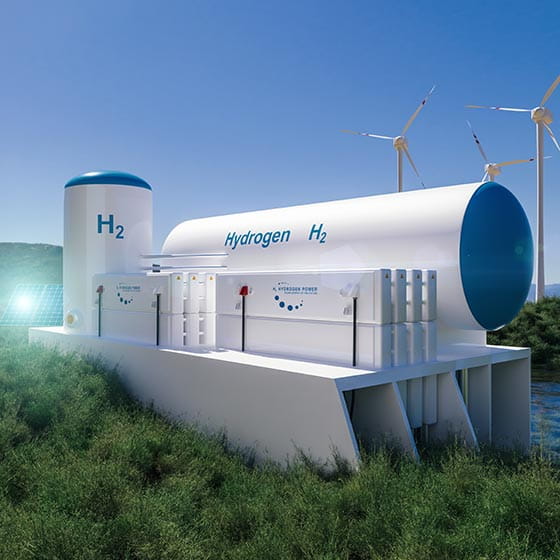
Ammonia is also essential for growing food. But right now it isn’t sustainable.
Between 75 percent and 90 percent of all ammonia produced goes toward making fertilizer. About 50 percent of the world’s food production relies on ammonia fertilizer. But most of the world’s ammonia is currently produced using fossil fuel energy. Current ammonia production processes contribute more than 1 percent of global CO2 emissions.
So, we need ammonia, but we must find ways produce it sustainably. Green hydrogen is one possible solution. Green hydrogen is the feedstock for green ammonia and ammonia is a good storage and transport option for hydrogen. This is because ammonia can be stored as a liquid at room temperature, whereas hydrogen requires expensive cryogenic storage.
The production process for ammonia is water intense, requiring 2.3 tons of water for every ton of ammonia. However, nearly half of that water is process condensate which gets recycled within the system.
One key benefit of using ammonia as a storage and transport option for hydrogen is that it can be used as fuel for combustion systems without requiring a hydrogen extraction process. But this also produces wastewater.

The effluent discharged from swine farms, dairies and other rural industries is an environmental risk for lakes, rivers, and other water bodies. In the United States alone, over 1.4 billion tons of manure is produced every year. If left unchecked, this organic waste material leaches through soil and into waterways, causing serious environmental impacts downstream.
So, converting this abundant waste into fuel will create a green fuel source while reducing the pollution load to local waterways. Similarly, many other organics-rich agricultural wastes and dedicated energy crops can be valuable organic source materials.
Organics-rich wastes are a prime feedstock for Renewable Natural Gas (RNG) production. RNG is commonly produced by extracting methane from biogas produced in an anerobic digester. Water is integral to this fermentation process.
RNG production digesters are comparable in size to the anaerobic digesters commonly used at major sewage treatment plants. We can create a significant new green fuel resource using this traditional wastewater treatment technology.
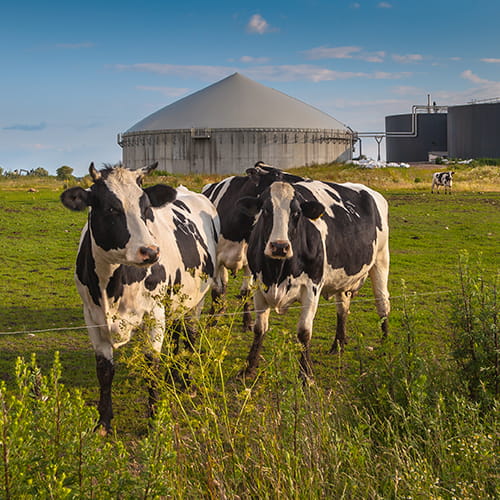
Diesel engines help transport nearly all products our society consumes.
In 2020 diesel consumption by the US transportation sector was about 45 billion gallons (170 million cubic meters). Meanwhile down under, roughly 3.3 billion gallons (12.5 million cubic meters) of diesel fueled Australia’s commercial trucking sector.
Renewable diesel is derived from either animal tallows and spent cooking oils, or directly from energy crops. Chemical processing is required to convert these raw materials into a high-quality fuel. These chemical processes require both water and wastewater services.
The wastewater generated in biodiesel processing is much more concentrated than the wastewater from a similarly sized mineral oil refinery. This wastewater commonly contains high concentrations of stable oil emulsions.
Treating biodiesel wastewater emulsions requires specialized wastewater expertise.
Traditionally, these wastewaters are treated using physical chemical methods, aerobic biological treatment, or both. However, we can extract more value from this wastewater by using anerobic treatment to produce RNG as a by-product.
Since we rely so heavily on diesel engines, it will be critical to transition from petroleum diesel to a completely renewable form of fuel. This makes renewable diesel (or biodiesel) another green fuel with promise for the energy transition.
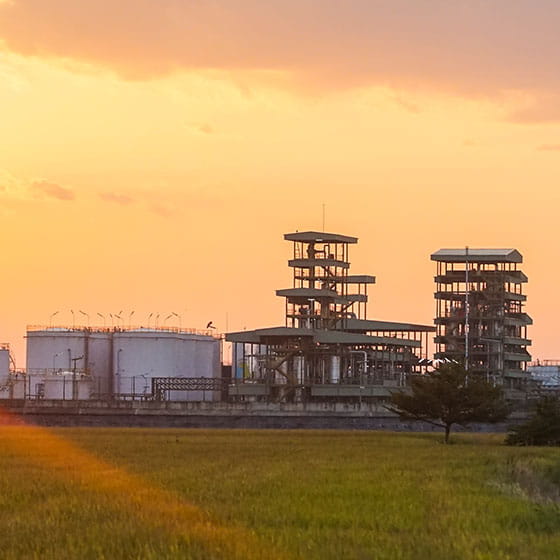
The energy transition is not just about decarbonized fuels. It also requires a range of energy storage technologies. The IEA predicts that nearly 600 gigawatts (GW) of battery storage capacity needs to be installed by 2030 to reach a net-zero emissions scenario by 2050. Total installed battery storage capacity stood at around 17 GW at the end of 2020.
Water/wastewater management will be essential to sustainably reaching our goals because battery manufacturing requires very high purity process water and generates complex new wastewaters.
Many different materials need to be mined and processed to create battery storage, including graphite, nickel, and lithium. The processes for lithium production alone require high purity water and complex inorganic chemical processes.
Battery technology is essential to low-carbon power supply for communities and heavy industries. But we need greener batteries.
Battery manufacturers are exploring partnerships that’ll help them develop batteries. For example, we recently supported a full-scale cathode facility project. This client raised their water recycle rate from 40 percent to 95 percent while maintaining product quality, lowering operating costs, and minimizing environmental impacts.
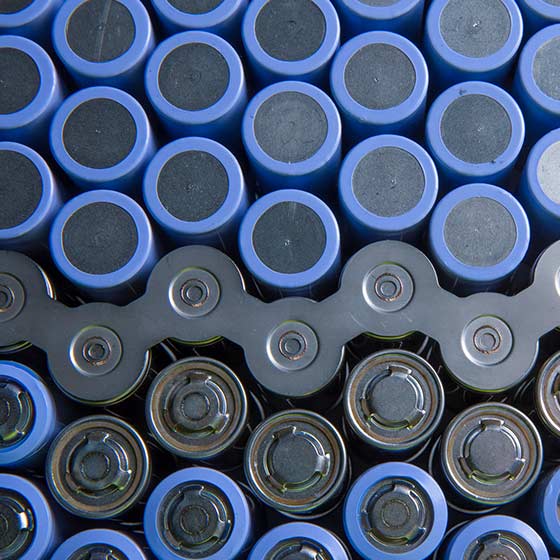
According to the IHA, pumped storage hydropower projects currently store up to 9,000 gigawatt hours of electricity globally.
Because of a recent resurgence of interest in this technology the IHA expects pumped hydropower storage capacity to increase by almost 50 percent by 2030.
This energy storage method has a small net water consumption but requires a large inventory of water to operate. Although these projects don’t consume water directly, once constructed, they still require water supply, aquatic environmental, and hydrogeological expertise.
What makes pumped storage hydro so attractive is the ability to efficiently store and quickly release huge amounts of renewable energy.
Large amounts of intermittently available renewable energy can be stored in the form of potential energy by pumping water from a lower to a higher reservoir. When this water is released back to the lower reservoir it passes through a hydroelectric generator and converts the stored energy into electricity.
The genius of this energy storage technology is in its simplicity. Although it requires sufficient water supply and the right geological conditions.
At scale, scores of pumped storage hydropower projects will be needed to help deliver the sustainable energy storage needs of the 21st century.
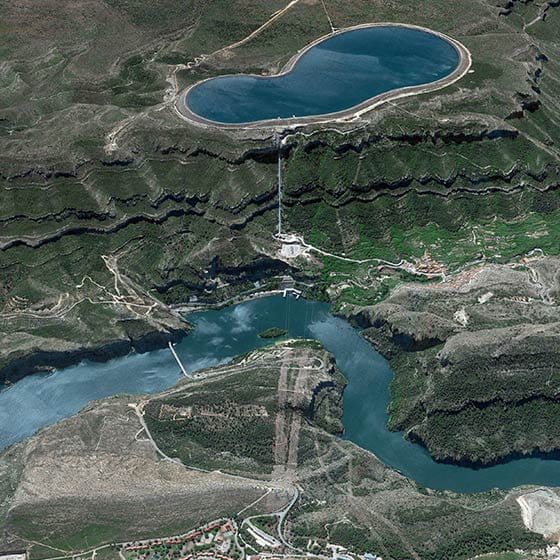
Carbon capture technologies have critical water demands for cooling and chemical process support, especially for heat rejection due to absorption and compression operations.
When a carbon capture process is added onto an existing power plant, it will increase total water consumption substantially.
Effective management of water resources will be critical to ensuring carbon capture and storage works. We’ll need to source water in a sustainable way and return it safely to the environment after applying appropriate treatment.
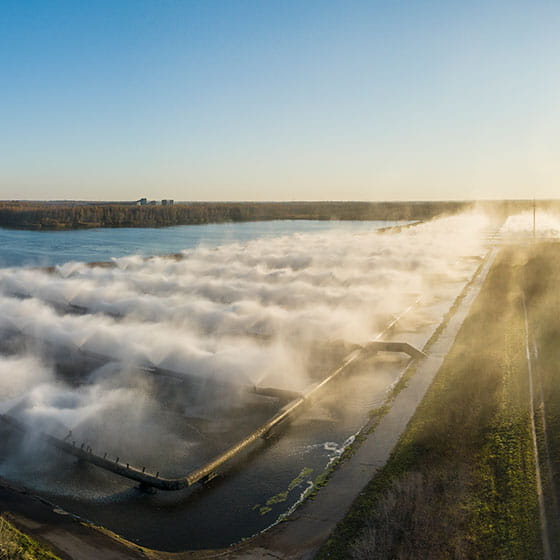

Understanding water-related risks and opportunities allows you to implement better project approaches. Stay tuned as we take a deeper dive into water usage considerations across the energy transition.
Don't miss out on the next articles in the series – sign up for the mailing list.